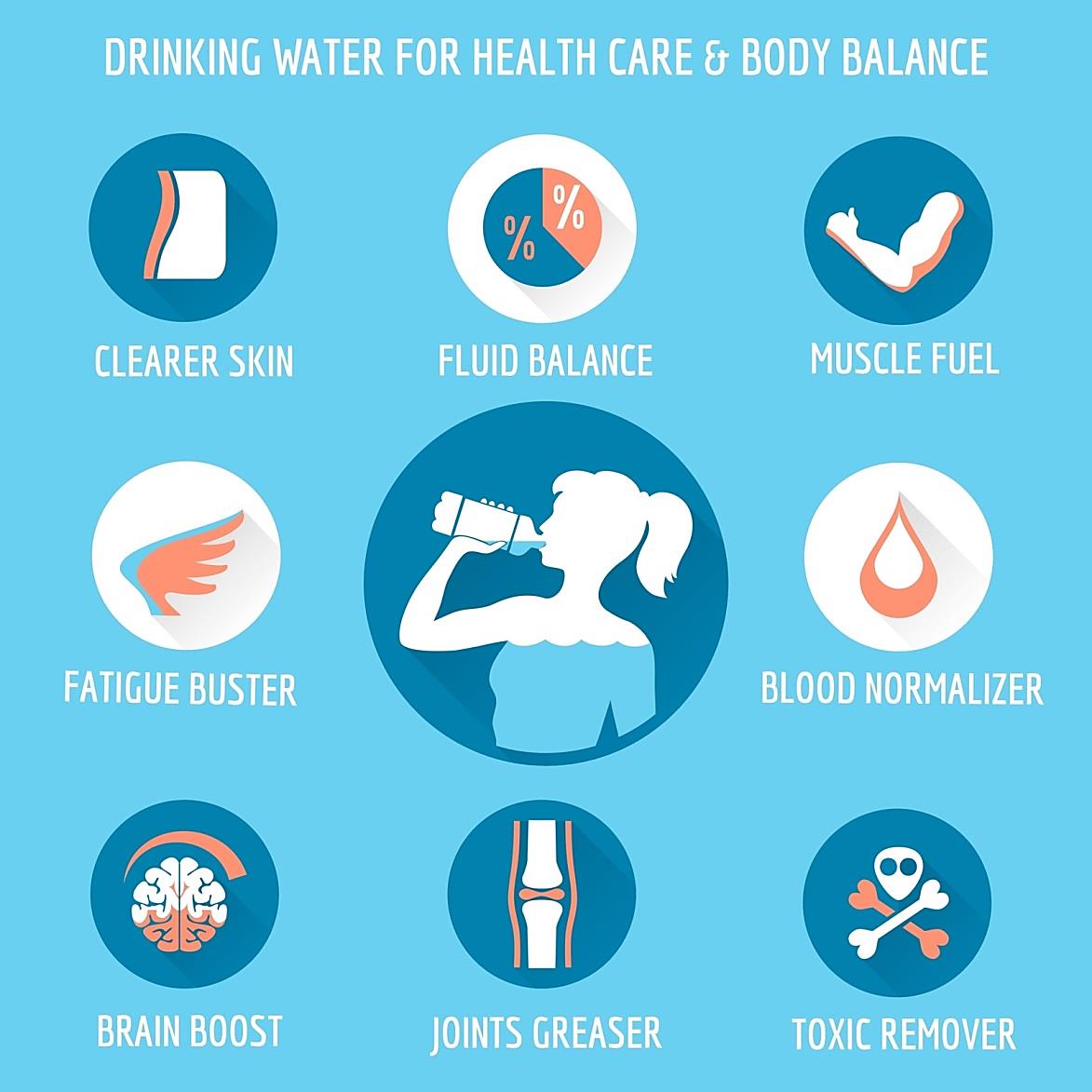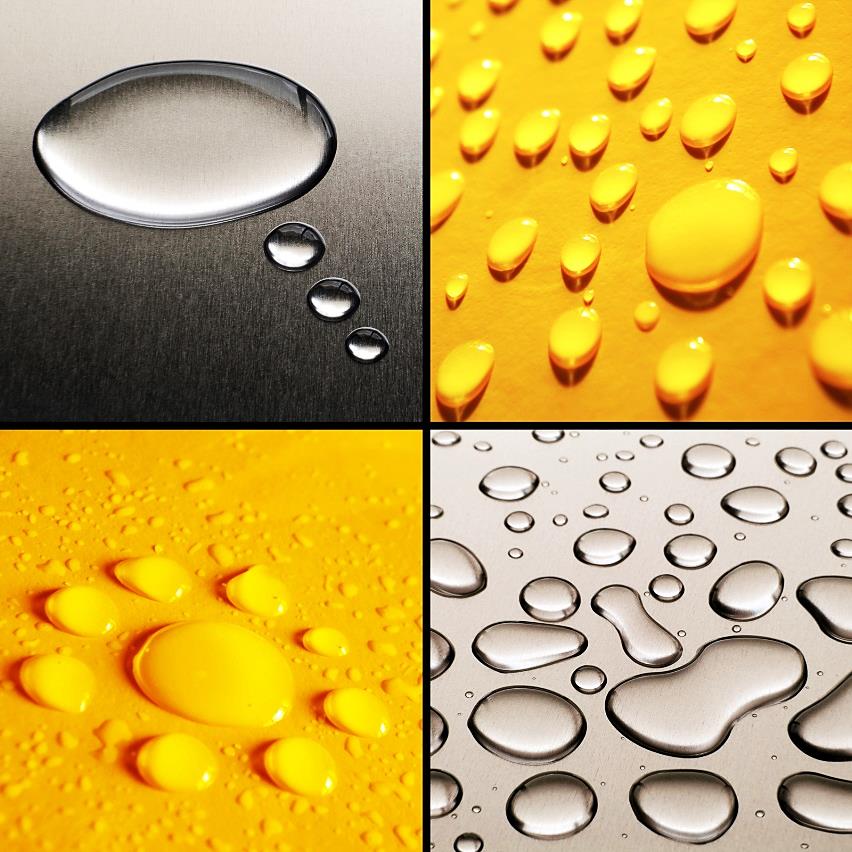
by Fern Shaw | Jun 4, 2018 | aquaid, Water, Water Coolers
I’ve been reading through my notes for the blogs for this week and it all became a little overwhelming. So I let my brain head out West and the rest of me went to top up on the java.
Then my brain knocked politely, ‘Coo-ee, I’m back’ it warbled.
‘What?’ the coffee-enjoying-rest of me replied. ‘You come up with anything useful out West?’
A lengthy discussion ensued ….
Anyhow, as it turns out, the brain told me it got to thinking about all the other lesser (according to it) but just as vital (according to all of them) organs that we humanoids are blessed with and guess what? ALL OF THEM need sufficient water to keep the g-g-greased lightning performance.
Kidney and Liver Function
One of the liver’s primary functions is to metabolise stored fat into energy. The kidneys are responsible for filtering toxins, wastes, ingested water and salts out of the bloodstream. If you are dehydrated, the kidneys cannot function properly and the liver must work overtime to compensate. As a result, it metabolises less fat, your metabolism slows down to conserve water, which leads to weight gain and can contribute to belly fat.*
The Heart
Dehydration can cause insufficient oxygenation of the tissue of the cardiovascular system. The heart rate increases in response to the tissue oxygen deficit. Tachycardia, or a heart rate greater than 100 beats per minute, occurs. Severe dehydration can trigger irregular heart rhythms, especially in people with an underlying heart condition.*
Command Central i.e. The Brain
Brain cells require the right amount of water and minerals in each of the cells. If there is too much water, the cell’s membrane can break; if there is not enough, the cell will shrivel up. When there is brain dehydration, less water is available for brain cells to use. *
Importance of Water
Almost two-thirds of the human body is made up of water and water acts as a natural appetite suppressant. It also helps to regulate your metabolism. When you become dehydrated, your metabolism slows down, affecting how your body burns fat. Your body mistakes thirst for hunger, which leads to increased calorie consumption. This can lead to stubborn fat gathering around your stomach, which is difficult to lose.*
Bearing all of this in mind, also remember that water weight is not the same as ‘blob’ weight, so whereas you may think that because your body is retaining water it means you’re gaining weight, this is not the case. Your body is desperately trying to tell you, by retaining water, that it doesn’t have enough to function properly.
There’s no need for concern though, indeed you can celebrate and revel in the fact that throughout the UK, clean, fresh drinking water transported from source to your office, school or site is readily available from AquAid through our range of water coolers. Drink up!
* sourced from an article at Livestrong

by Fern Shaw | Jun 4, 2018 | Water, water cooler, Water Coolers
… Rain (blizzards, snow, and sub-zero temperatures) or shine (weak lemony coloured sun that wouldn’t tan a meringue) you begin to notice that your staff is a tad dispirited, if not outrightly unproductive. No spring in their step, no whistle in their walk.
So, at great cost, you institute an Independent Board of Enquiry to establish the cause of this general malaise that’s affecting everyone from Mrs Tibbins, usually the whizz bang accountant, through to Mr Oogle, usually the zoomiest bike messenger ever (but sadly not for the past few months.)
While all of this is in motion, the meeker than the proverbial mouse IT person, Tad, squeaks up.
‘We’ve no water in the water coolers’, says Tad, ‘so everybody’s most likely dehydrated’.
‘What?’ splutters HOD Mrs Furthingstoke, ‘what does that have to do with everyone not performing at their peak? Pure poppycock, I’m sure!’
‘Incorrect’, corrects Tad, ‘not drinking water regularly is one of the leading causes of many illnesses, especially fatigue’.
As it turns out, Tad was proven correct. The Board of Enquiry was dismissed, the water coolers were kept replenished, productivity soared and absenteeism dropped rapidly.
Take it from Tad, dehydration can happen sooner than one thinks. Some early warning signs are:
- Light-headedness, dizziness;
- Tiredness, irritability, headache;
- Dry mouth, throat and eyes;
- Sunken features (particularly the eyes), flushed skin and skin that is loose and lacks elasticity;
- Heat intolerance;
- There may be a burning sensation in the stomach, urine output will be reduced and may appear darker than usual.
So, in the interests of having a healthy, happy, productive work environment, take the simplest route – ensure that there is always fresh, clean drinking water from source available in the workplace.
How to ensure that your cool drinking water is kept replenished? Speak to us at AquAid Water Coolers. We have over 20 years’ experience in the provision of the right water cooler for your space, required capacity and all your drinking water requirements.

by Belinda Ollewagen | Mar 28, 2018 | aquaid, Hot Water Taps, instant tap, Water Coolers
Many studies have examined the varying effects of dehydration on performance. Apart from the obvious fact that our bodies need water to survive, all studies unequivocally prove that dehydration negatively affects mood, cognitive performance, mental recall, and...

by Belinda Ollewagen | Jan 31, 2018 | Hot Water Taps, Water Coolers
With our lives moving at the speed of light and technological advances occurring at an exponential rate, it’s easy to see how and why our lives have become so frenetic. We spend more and more time at the office, glued to our desks, taking fewer and fewer breaks. And...

by Fern Shaw | Sep 1, 2017 | water cooler
AquAid are more than a water cooler provider. Since the company’s humble beginnings in 1998, we’ve committed to support charities that make a noticeable and far reaching difference in other’s lives.
We implement this policy by donating a portion of the sale for each bottle of water and each installed mains fed machine to charity.
Since we began with this policy, we have donated more than £10 million to both Christian Aid and the Africa Trust – a charity begun by AquAid in 2010.
We continuously look for ways to bring the very best in water and water cooler products to our customers as well as highlight the difference that our customers purchases are making in the lives of those in need.
FMP Global is one such customer. As an international provider of outsourced payroll and HR services they are often found supporting companies to pay staff in the 135 countries they serve, often in developing economies around the world.
They are aware of how vitally important it is to keep hydrated throughout the working day, and recently agreed to participate in an initiative which will mean the provision of safe drinking water to a community in need through the building of a water well, fondly known as an ‘Elephant Pump’.
Gary Webb, Marketing and Communications Director at FMP Global: “Partnerships are really important to us and we’re grateful for the opportunity to work with Aquaid to support this initiative. Our success at FMP Global is built on innovation, and we fully support AquAid’s innovative approach to funding these vital projects.”
We’re delighted to have FMP Global take part in this initiative and look forward to sending them a picture of their built and named well in due course.
To find out more about the invaluable services that FMP Global offer, you can visit their website here.
“FMP Global constantly strives to anticipate change and deliver value through leading innovation and partnerships with our clients.”





